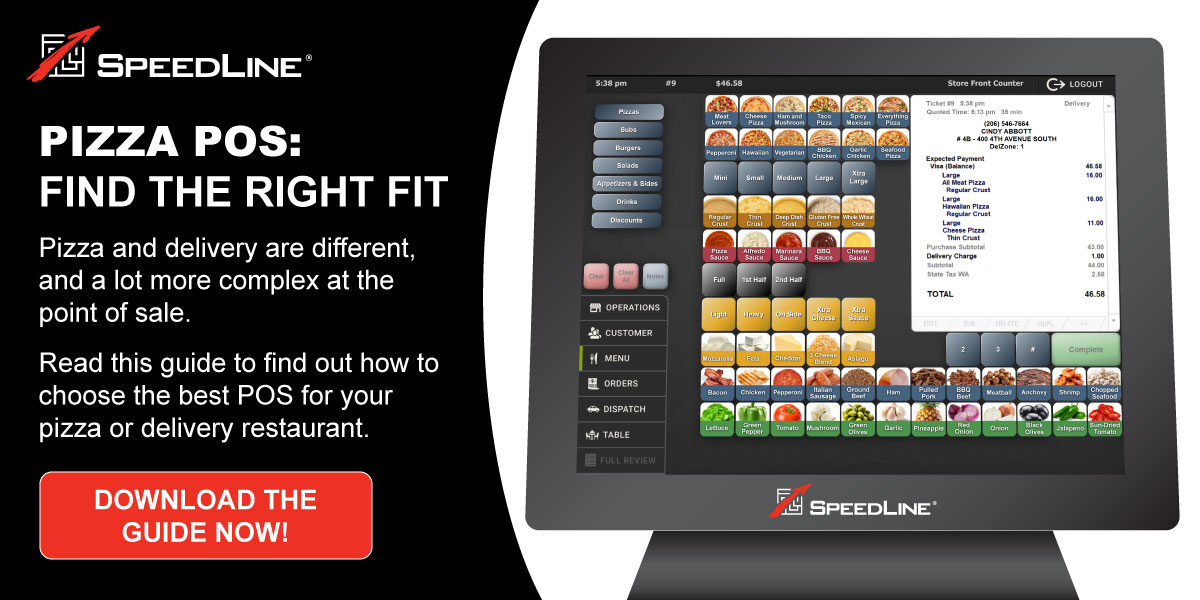Access Capital customers that have implemented new restaurant software have seen quick operating cost savings that increased margins and revenue.
That increase in margins and revenue, or return on investment (ROI), is an indicator of the profits the restaurant will earn from its investment. It’s generally calculated by dividing the net income generated by the equipment (over its expected lifetime) by the cost of the equipment. The resulting number, expressed as a percentage, is a good indicator of whether the investment is worth making.
By calculating the ROI, it’s pretty easy to determine whether or not you should make an equipment purchase for your business, but to optimize your ROI you need to strategically decide how you plan to pay for the purchase. For most large business expenses, there are two options: financing or paying upfront. If you can pay upfront, why would you finance it? Because it allows your restaurant to:
1. Preserve Initial Cash Outlay
When you finance a purchase, you aren’t paying the full amount up front. Many traditional lenders and banks are happy to finance hardware but not software. Find a lender that will allow for the entirety of the point of sale system’s costs to be included in the financing amount. In many cases, customers can then reduce their initial cash outlay from 10-15%.
2. Manage Cash Flow, Liquidity and Risk
Having cash on hand, instead of tied up in an equipment prepayment, contributes to your restaurant’s liquidity and reduces your operational risks. Let’s face it, when “cash is king” it’s better to have it in your account in the event of unexpected costs. Spending money upfront, before you’ve realized the the return on your investment, restricts your ability to invest in your business in other areas, like staffing and marketing. Financing removes the unpredictability, allows you to make fixed monthly payments on your equipment, and makes budgeting and planning for the long term easier.
3. Conserve Bank Lines
Even if you have LOC’s and other bank instruments available with your bank, they may not be your best option for financing. By diversifying the sources of credit for your business, you can keep your other lines of credit open for unexpected emergencies or other investments.
4. Plan for Inflation
Saving up for a purchase only works if the cost of that purchase isn’t rising quickly. Inflation is a big factor in our economy, and a simple way to protect yourself against inflation is to lock in your purchase price early. Financing allows you to make a purchase at the current price, and pay off that amount over a predetermined period of time, rather than paying a higher amount upfront at a later time.
5. Take Advantage of Tax Savings
Your business should have a tax strategy that accounts for all of your purchases. In the United States, Section 179 of the IRS tax code offers potential tax advantages. The tax code allows businesses to deduct the full purchase price of qualifying equipment, which includes software, financed during the tax year. That means that if you finance an equipment purchase you can deduct the full purchase price from your gross income—even if you did not pay the full purchase price that year because you financed it over a longer period. This incentive was created by the U.S. government to encourage businesses to upgrade their equipment and invest in themselves.
Your restaurant needs the right equipment to run smoothly, and profitably—whether that is your pizza oven, point of sale, delivery software, mixer, or fridge. Financing these purchases allows your restaurant to realize ROI as you pay for them, so you can take advantage of the increased savings and revenue generated to help pay for them.
Posted on Wed, May 22, 2019 @ 07:05 AM.
Updated on December 8, 2020 @ 6:00 PM PST.

